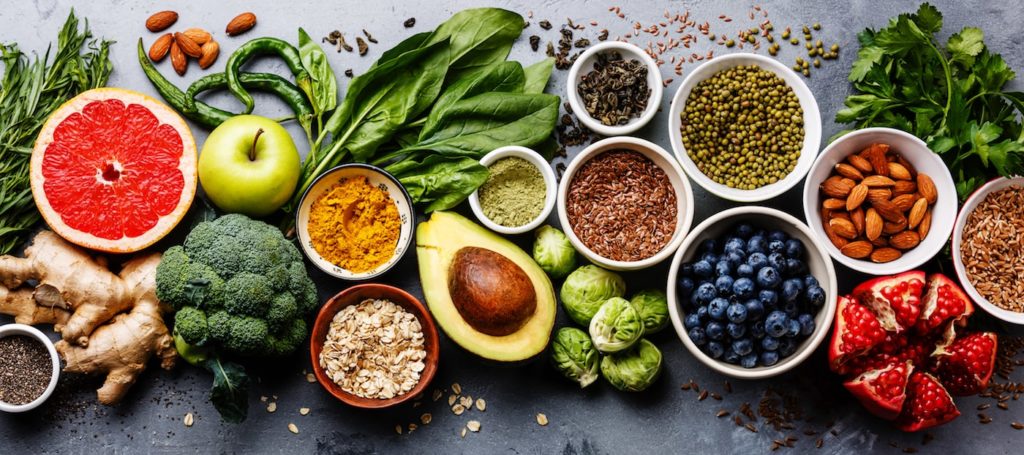Bowel problems, a common but little discussed problem. And who will, and at what moment, have a nice chat about it? It is also not a bad thing if you have a stomachache after a bad meal, with a flu or on that adventurous trip in a faraway country. Your body will resolve it. But do the pains last for a long time, do they become frequent, does it affect your life, dominate… Then the search for a solution had better be a short path.




